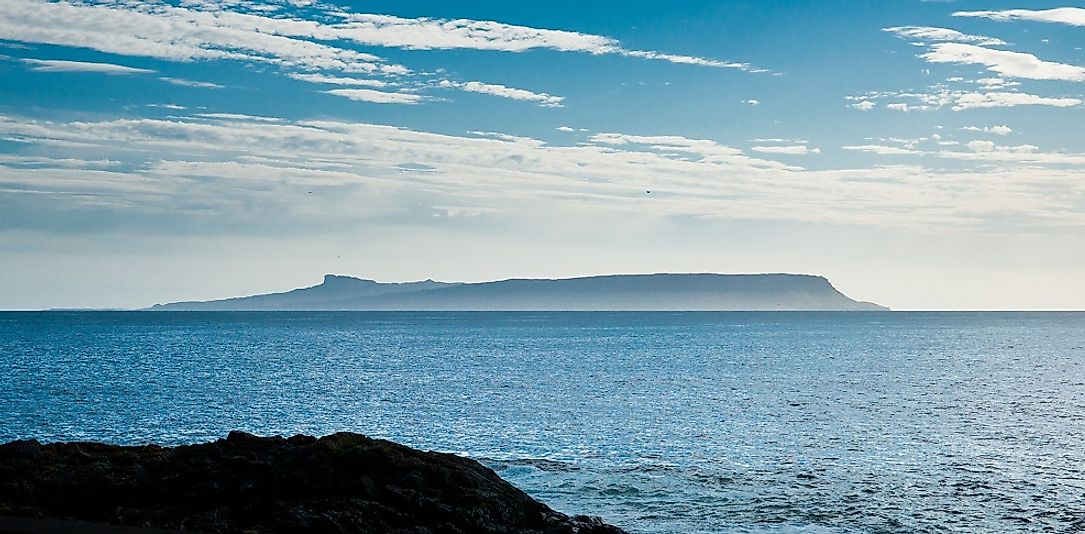The Small Isles, Scotland

5. Description
The Small Isles are an archipelago composed of the four islands of Eigg, Rum, Muck and Canna. They are found in the Inner Hebrides in the north of Scotland. Each island is unique and offers a beautiful view of the sea and surrounding islands. The Isle of Eigg is community owned and its population of 100 makes it the most populated of the four islands. The largest of the islands is Rum, owned by the local community of 45 and by the Scottish Natural Heritage foundation. The Isle of Muck is owned by the McEwan family and is the smallest island, with a population of 40. Canna is the island furthest to the north and has a population of 12. It is owned by the National Trust for Scotland.
4. Historical Role
The history of the Small Isles is filled with clan violence, but apart from this they have their unique paths of development. Eigg was part of the Norse empire until seized by the MacDonald clan, who gained official title of the island in 1309 from the legendary Scottish ruler Robert the Bruce. The Isle of Eigg was known as Eilean Nimban More, “Island of the Powerful Women,” until the Sixteenth Century. In the 1990s it came into the possession of a German artist who sold it to the Eigg Heritage Trust in 1997. Rum was the site of one of Scotland’s first human settlements. It was heavily affected by an unsustainable growth in population and by poverty. The clearances ordered by the English government from 1826-1828 left only fifty residents on the island. The Isle of Muck was also affected by the clearances. In 1828 the kelp market crashed and 150 residents were sent to Canada. From 1891 to 1975 the Small Isles were in the region of Scotland called Inverness-shire.
3. Modern Significance
Today the Small Isles are valued for their rich archaeological heritage, geology, and their historical significance. Kinloch Castle on the Isle of Rum offers a beautiful step back into the Edwardian era. The economy of Rum is dependent on Scottish Natural Heritage funds. Eigg caters to tourists and holds a crofting museum providing visitors with a look at everyday life of locals from the past. Canna House on the Isle of Canna is a center of local Hebrides culture and literature. The islands are part of the Lochaber Geopark and thus an important part of Scotland’s conservation campaigns.
2. Habitat and Biodiversity
The Small Isles are listed among Scotland’s National Scenic Areas for their breathtaking views. The Isle of Rum is a National Nature Reserve, especially for sea eagles who were reintroduced to the island in the 1980s. Rum is also valued for its cluster of volcanic peaks. The Isle of Canna is categorized as a Special Protection Area due to its sea bird species. On the Isle of Muck there are over eighty species of sea birds and, unlike its neighboring islands, Muck is composed of mostly low, treeless, and extremely fertile land. However, its Beinn Airein Mountain at 452 feet offers a beautiful panoramic view. Eigg is home to a large number of bird species as well, and is a breeding ground for golden eagles, buzzards, and long-eared owls.
1. Environmental Threats and Territorial Disputes
The owners have taken steps to protect and conserve the Small Isles. The Isle of Eigg generates almost one hundred percent of its electricity through renewable energy. Rum has also become the location for the reintroduction of the sea eagle. Due to their northerly location in the islands have much the same tourists yearly, who are committed to the conservation of the Small Isles and to the increase of their biodiversity. A number of species have been re-introduced on several of the islands.







